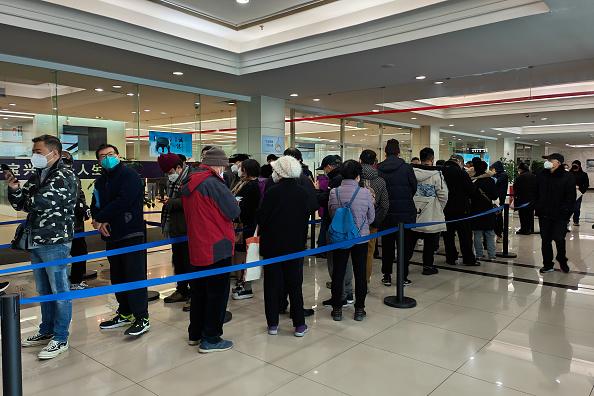Several Chinese immigrants who recently arrived in the United States can now describe what they witnessed last December when a severe wave of the COVID-19 pandemic broke out in China.
The sudden lifting of the stringent lockdowns on Dec. 7 is believed to have prompted a nationwide infection of COVID from the end of last year to the first quarter of this year due to a lack of preparedness, medical resources, and, most importantly, necessary information to the public.





